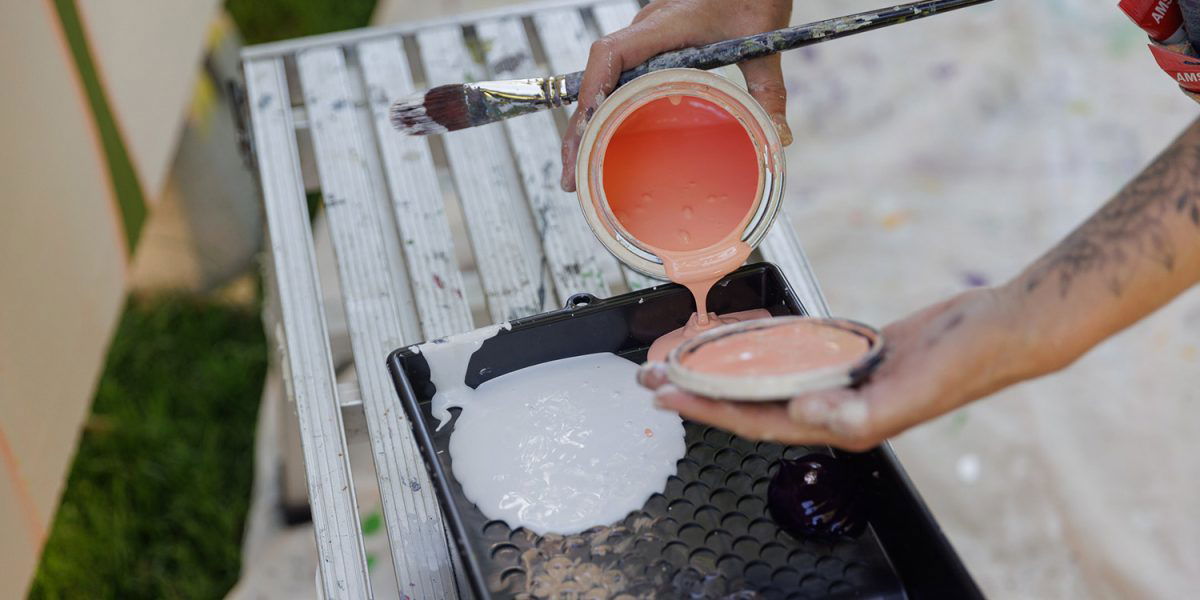
A public art program seeks to engage an artist who embodies both creativity and technical proficiency, while also demonstrating a thorough understanding of and commitment to the responsibilities integral to submitting a professional and comprehensive application.
1.
After reading an RFP/RFQ, consider if:
- The project is something you have interest in
- The budget is adequate for a concept you might develop
- You can accomplish the project either individually or as part of a team
- The proposed timeline is feasible for your schedule
- You feel a connection to the project, place, community, or that your work might benefit the project, place, and/or community
- The project will provide an appropriate platform for you to exhibit your work, grow your practice, and/or create meaningful relationships. Remember, you are essentially introducing (or reintroducing) yourself to the public art program, review committee, and that community.
2.
If you can, visit the physical location for which the Call for Artists is issued.
For example, if the project is for a park, walk the site, ask a park visitor how they use the space and what they like about it. Is there a history with the park? Was the park named for someone or something? What is the environment like? Who are the residents that live in the surrounding area? If you cannot physically visit the site, you should at least do some research.
3.
Follow the application guidelines, provide all of the information in the format requested, and submit on time.
4.
When you have a question about the requirements or the format, contact the program administrator for clarification so you are able to prepare your application correctly.
Budgeting
- Artist/design fee
- Fabrication cost
- Installation cost
- Shipping
- Any appropriate travel expenses
- Insurance
- Engineering fees
- Contingency
- Any equipment rental or studio space rental
Developing a Concept Proposal
- Research the site and how it is used, its incidental and particular audiences, its history, its visual conditions, traffic and/or pedestrian patterns, sound-scape, how it operates in the daytime and at night, its infrastructure, its engineering specifications, the architecture, sightlines, and other conditions
- Consult with design and technical professionals involved in the site
- Create visual materials, write a description that supports the ideas, and carefully consider whether the budget and time frame is adequate to execute the idea
- Submit high quality photos that clearly show your portfolio of work and that are relevant to the project, and that will be the best images to show your creativity, style, experience and professionality
- Submit a current resume, as well as any other supporting documentation required. Ensure your name, address, contact info is on the documentation, and we suggest including your name in the file name so that it is easily found
Detailed Design Phase
During the detailed design phase, artists should work with the project team and commissioning organization, the District of Squamish, and potentially other stakeholders such as Indigenous community members and groups.
Possible steps include:
- Review deliverables and monitor production and fee schedules
- If relevant, ensure that the artwork complies with accessibility standards to accommodate individuals with disabilities, or considers accessibility and inclusion in its design. Read our section on accessibility
- Community engagement to ensure designs are appropriate for the community, location, First Nation protocols, heritage and cultural considerations.
- Clarify any requirements in terms of environmental standards, such as materials used, installation methods to reduce environmental impact, and long-term sustainability of the artwork
- Research, test and re-evaluate prototypes
- Research and establish materials and additional support needed to create the piece
- Obtain estimates from fabricators and suppliers
- Revise documents and design as needed
Installation
If you are the successful candidate for the project the next step is to proceed with installation. Ensure you are familiar with the following steps:
Permits
Insurance
Installation
Completion
Warranty
Post Installation
Statement from the artist and documentation
Artists should provide to the client a statement about the artwork, including its name, materials, date created, and inspiration behind the artwork to be documented. They should also provide high quality photos and/or videos, or the commissioning organization should ensure photos are taken. Please also share this information with Squamish Public Art for inclusion on the public art registry.